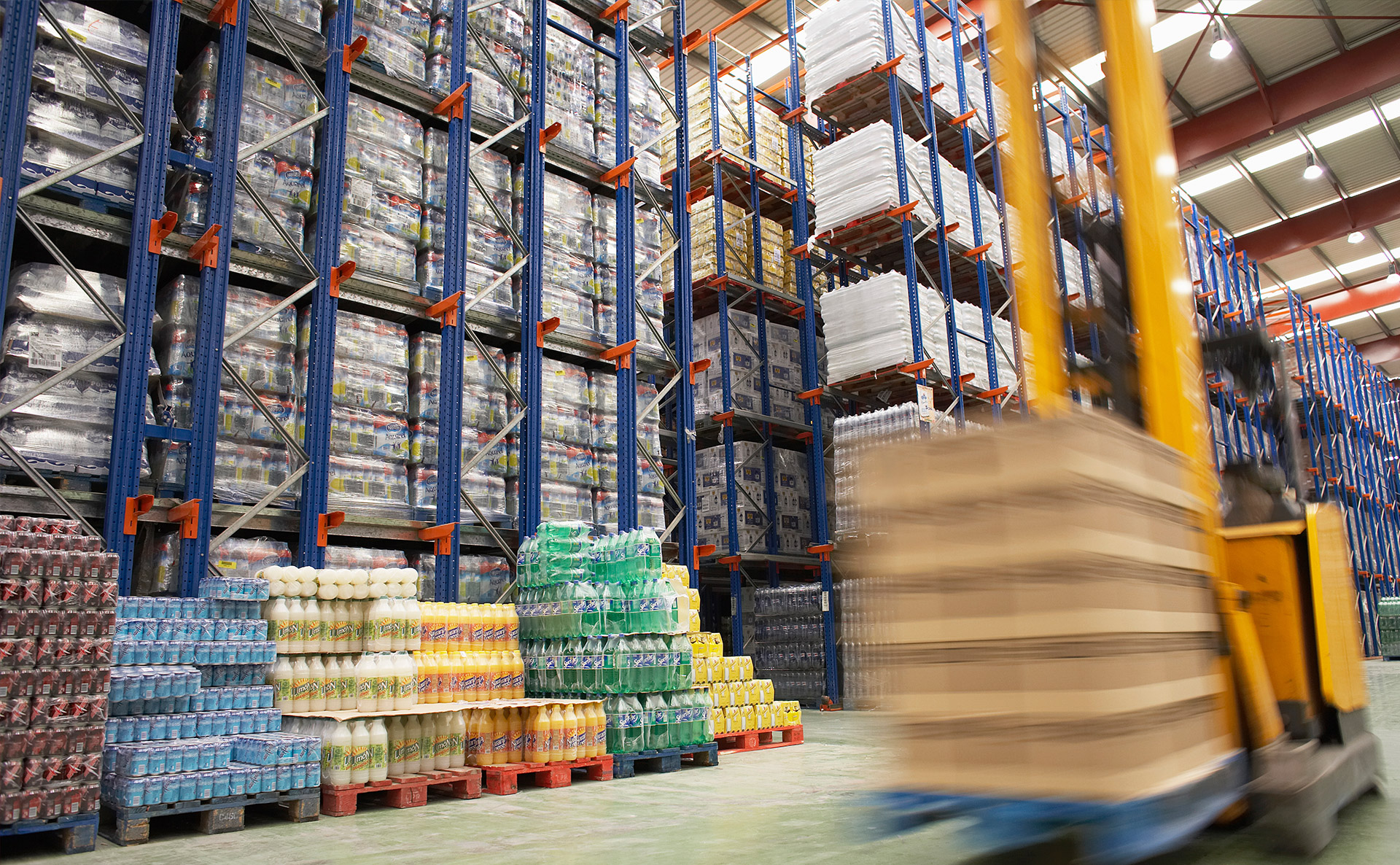From its humble beginnings as Kit Kat Café back in 1953, then located in South Africa’s old Asiatic Bazaar, today Kit Kat Cash and Carry spans some 20,000 square meters and comprises three floors, offering goods ranging from groceries and crockery to electrical and sports equipment.
The story behind Kit Kat Cash and Carry’s success has been a gradual evolution from its café beginnings into the stores it possesses today. The first Kit Kat Wholesalers opened in 1983 in the Asiatic complex, and quickly required expansion into a Hyperstore in Schubert Street in 1989. In 1992, meanwhile, came the first incarnation of the Cash and Carry itself, a 1500 square meter plot equipped only to stock non-food items. The opening in 1999 of the Kit Kat Cash and Carry in Pretoria West spelled the culmination of generations of focussed hard work, with its basement, mezzanine and sales floor each laden with an ever-widening array of goods.
Among the principal aims of the company is to maintain the unparalleled value for money it can currently offer, while continuing to expand the range of products available to its customers in a cost and time-effective shopping experience. To this end, the store’s many sales assistants and cutting-edge computer points serve to deal with all manner of customer queries and thus make the experience all the more customer friendly and easily completed. The first of Kit Kat Cash Carry’s new era of locations has since been joined by a further two in Silverton and Kliptown, and the company has also looked to further develop the concept of ‘one stop shopping’. Fast food outlets, shoe shops, fruit and vegetable and interior decorating shops have all been added, as Kit Kat Cash and Carry seeks to best cater to the ever increasing needs of the public it serves.
A big development for the Kit Kat Cash & Carry group came in August of last year, as it announced its decision to change warehouse equipment supplier to Goscor Lift Truck Company, part of Imperial’s Goscor group, having been with another leading supplier for more than the last decade. This is in line with what is a never ending quest for reinvention, and a maximising of the effectiveness of its operations. There is a total of 28 Goscor units in the Kit Kat group’s arsenal, including reach trucks and pallet trucks, and Kevin Fry, GM Kit Kat Pretoria West, says that in the end, the decision to change suppliers came fairly easily.
“We have always admired the quality of Goscor’s range of warehouse equipment,” he states. “Crown in particular is absolutely top draw in terms of its technology, reliability, innovation and durability and we have had our eyes on this brand for some time, and their pricing and overall cost-structure is very competitive, which will help us achieve a very efficient life-time cost on the machines.”
What has grown to become a world-wide popularity of the Crown ESR 5000 Series of reach trucks is down to a combination of first class design couple with superior operator comfort and exceptionally practical features. The ESR 5000 Series of reach trucks was developed in Europe and is manufactured at the company’s Roding plant in Bavaria, Germany. Having experienced phenomenal success with many major customers in Europe, the ESR 5000 is now winning over South African customers, and Zeyn Alli, Regional Sales Manager, explained that:“I have worked with Kit Kat for several years now and they are a most professional group. I am proud that they have chosen to continue working with me at Goscor.”
The most recent report by PwC on the South African retail and consumer products outlook held much positive news for the sector as a whole. The perception of Africa has been buoyed by a strong decade, with the continent’s collective GDP expected to grow by US$1tr by 2020, a rise from US$1.6tr in 2010. Furthermore, the Economist Intelligence Unit forecasts real GDP growth of 4.9% from 2012-16, which is well above average world growth. South Africa is leading the way in this turnaround, already the biggest retail market in sub-Saharan Africa and the 20th largest in the world, with a wide array of shopping malls and retail developments contributing alongside a significant food and non-food manufacturing sector. Measured by volume, sales are expected to rise by an average of 2.9%, and by value sales will expand at an average of 7.85% in nominal terms. The emergence of a middle class with modest, but rapidly increasing disposable income, accounts for a growing proportion of this uptick, and is now generating substantial consumer demand for retailers and consumer goods companies across the board.

